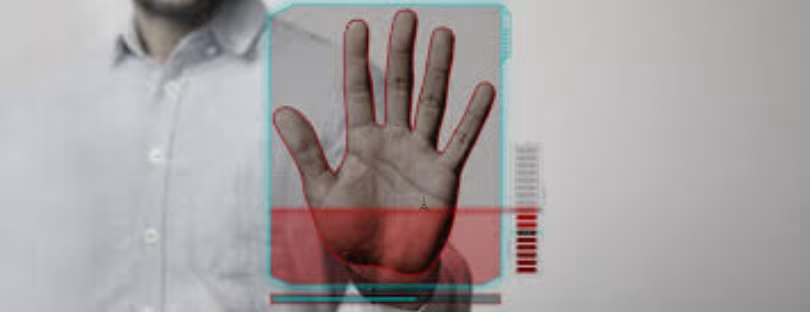
EU Plans Launch of Unified Payment Market and Bank Cards
The Single Euro Payments Area (SEPA) provides for uniform credit transfers and direct debits for over 500 citizens in the EU.
However, a SEPA for cards is still far from a reality, as national card schemes and banks still don’t see the business case of overcoming connectivity and interoperability barriers and setting common standards, Euractiv reports.
The fast-changing realm of instant payments, disrupted by new technology companies, however, may offer an opportunity to achieve a single space for European cards sooner, said the ECB, which ultimately would benefit cardholders and merchants.
Against this backdrop, in the autumn, the Commission is expected to present a strategy aimed at creating an “innovative, integrated and competitive retail payments sector in Europe, to compete with global companies,” an EU official told EURACTIV.com on condition of anonymity.
The EU executive will also table a new Digital finance strategy, according to the Commission’s work programme.
In order to pave the way for the legislation, a public consultation on payments will soon be launched, the Commission said.
The EU official explained that, due to the fragmentation among national card schemes, even the strongest European operators offer services that only work within individual member states.
As a result, “they have to team up with larger international operators that are not European if they want to offer pan-European payments,” the official added.
The intention to reduce the dependency on global players, such as Visa or Mastercard, is aligned with the EU’s new overarching goal of fostering European sovereignty.
The European Central Bank has already outlined the way forward. Its Target Instant Payment Scheme (TIPS), launched in November 2018, could create the necessary’momentum’ to break the national silos, the central bank said.
The Frankfurt-based institution said that TIPS “could be a way to support the interlinking and interoperability of national card schemes and, if full pan-European coverage is ensured, would provide a possible alternative to establishing a European card scheme,” according to a report published last April.
The ECB mooted the idea of using a common European logo to signal the acceptance of the new EU’s pan-European card.
Competitive world for EU payment market
The creation of a pan-European card would be the latest in the fast-changing payment field.
The second payment services directive was ‘a game-changer that opened up this sector, according to EU officials, banks, and financial sector startups.
As banks were forced by EU legislation to share their customers’ data with new startups and financial service providers, the payment market opened up for newcomers, offering new services and cheaper prices.
But EU officials say that the increasing role played by ‘Big Tech’ and consumer expectations are leading changes in the payment ecosystem. as well as lawmakers and eurocrats.
Credit cards, still the most used electronic payment and accounting for around 52% of all non-cash transactions in the EU, highlight their perceived advantages among consumers in terms of convenience, speed, safety, and security.
As the payments market becomes more saturated, the ECB stressed in its report last month that “deeper cooperation and dialogue among relevant market players, in particular incumbents and newcomers, is highly supported.”








